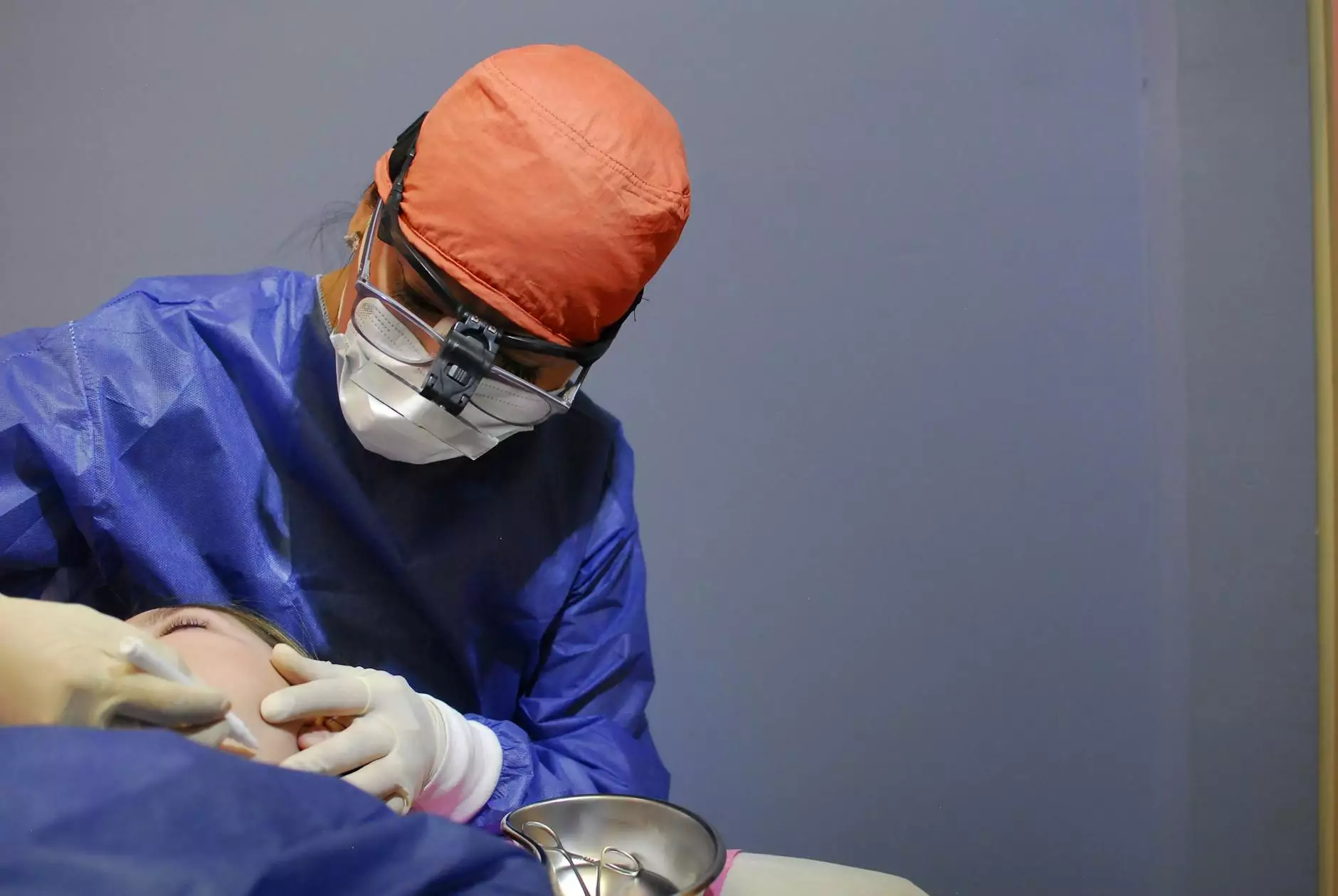Understanding Salpingo Oophorectomy Surgery: A Comprehensive Guide

Salpingo oophorectomy surgery is a significant medical procedure that involves the removal of a woman's ovaries and fallopian tubes. This surgery is often performed for a variety of reasons, including but not limited to the treatment of ovarian tumors, ectopic pregnancies, and certain gynecological conditions. In this informative article, we delve deep into salpingo oophorectomy surgery, discussing its indications, procedures, and recovery while providing valuable insights to enhance your understanding.
What is Salpingo Oophorectomy Surgery?
Salpingo oophorectomy is derived from Latin and Greek terms that describe the specific organs involved in the procedure. The term "salpingectomy" refers to the removal of the fallopian tube, while "oophorectomy" refers to the removal of an ovary. Together, these terms outline a surgical intervention that can have profound implications for a woman’s reproductive health.
Indications for Salpingo Oophorectomy Surgery
There are several medical scenarios where a doctor may recommend salpingo oophorectomy surgery. Some of the most common reasons include:
- Ovarian Cancer: One of the most serious indications for this surgery is the presence of malignant tumors in the ovaries.
- Benign Ovarian Tumors: Sometimes, non-cancerous growths can cause pain or complications that necessitate surgical removal.
- Ectopic Pregnancy: When a fertilized egg implants outside the uterus, typically in a fallopian tube, surgery may be required to prevent rupture and internal bleeding.
- Endometriosis: This painful condition occurs when uterine tissue grows outside the uterus. Removing the affected ovaries and tubes can alleviate severe symptoms.
- Pelvic Inflammatory Disease (PID): Chronic infections can damage reproductive organs, warranting surgery for a complete resolution of the problem.
Risk Factors Associated with Salpingo Oophorectomy Surgery
As with any surgical procedure, salpingo oophorectomy carries risks. Patients should be informed about both the short-term and long-term consequences, which can include:
- Infection: This is a potential risk for any surgical procedure. Antibiotics may be prescribed to prevent infections.
- Bleeding: Patients may experience excessive bleeding during or after the surgery, requiring additional medical intervention.
- Reactions to Anesthesia: Some individuals may have adverse reactions to the anesthesia used during the procedure.
- Hormonal Changes: Removing both ovaries results in immediate menopause, which can cause symptoms such as hot flashes and mood swings.
- Infertility: Since the surgery removes the ovaries and fallopian tubes, it will lead to infertility, making family planning crucial for affected women.
The Surgical Procedure: Steps Involved in Salpingo Oophorectomy
Salpingo oophorectomy can be performed using different surgical techniques, predominantly laparoscopic or open surgery. Here’s a detailed look at the typical surgical process:
Laparoscopic Approach
Laparoscopic surgery, also known as minimally invasive surgery, involves several small incisions in the abdomen through which the surgeon can remove the ovaries and fallopian tubes. The steps include:
- Anesthesia: The patient is given general anesthesia to ensure comfort during the surgery.
- Incision Creation: Small incisions (usually three) are made in the abdomen.
- CO2 Insufflation: Carbon dioxide gas is introduced to inflate the abdomen, providing a better view of the internal organs.
- Inserting Instruments: A laparoscope (a thin, lighted tube with a camera) is inserted through one incision, allowing the surgeon to see the organs on a monitor.
- Removal of Ovaries and Tubes: The surgeon then carefully removes the identified ovaries and fallopian tubes, using special instruments.
- Closure: After the procedure, the instruments are removed and incision sites are closed with sutures or adhesive.
Open Surgery
If laparoscopic surgery is not suitable due to specific medical conditions, an open surgery may be performed, which involves a larger incision. Steps include:
- Anesthesia: Similar to the laparoscopic approach, the patient is given general anesthesia.
- Incision: A larger incision is made in the abdomen to allow direct access to the reproductive organs.
- Removal Process: The surgeon will locate and remove the ovaries and fallopian tubes, after which the area is cleaned.
- Closure: The incision is sutured closed, and further care is administered to the patient.
Recovery After Salpingo Oophorectomy Surgery
Recovery times can vary based on the surgical technique used and the individual’s overall health. Here are some key aspects of post-operative care:
- Hospital Stay: Patients may stay in the hospital for one to two days after laparoscopic surgery, while those who undergo open surgery may stay longer.
- Pain Management: Pain is managed with medications, and some discomfort is normal as the body heals.
- Activity Level: Patients are advised to gradually return to normal activities, avoiding heavy lifting and strenuous exercises for several weeks.
- Follow-Up Visits: Regular follow-ups with the healthcare provider are crucial to monitor recovery and address any complications.
Emotional and Psychological Considerations
Undergoing salpingo oophorectomy surgery is not only a physical journey but also an emotional one. Women may experience a range of feelings following the surgery, including:
- Grief: The loss of ovaries can bring grief as it alters fertility options and hormonal health.
- Anxiety: Concerns regarding health outcomes and hormonal changes can lead to feelings of anxiety.
- Support Systems: Engaging with support groups or counseling can prove beneficial for emotional recovery.
Long-Term Health Implications
Women undergoing salpingo oophorectomy should be aware of the potential long-term health implications:
- Menopausal Symptoms: If both ovaries are removed, women will experience sudden menopause; hormone replacement therapy may be considered.
- Bone Health: The decrease in estrogen can lead to bone density loss, increasing the risk of osteoporosis.
- Heart Health: Postponing or monitoring cardiovascular health becomes crucial as estrogen has protective effects on the heart.
The Role of Healthcare Providers
The healthcare providers at drseckin.com specialize in gynecological surgery and offer comprehensive care to patients considering salpingo oophorectomy. Their focus on patient education and support ensures that women are well-informed before undertaking the procedure. Collaboration with a skilled obstetrician-gynecologist can enhance the surgical experience by addressing personalized concerns and facilitating smoother recovery.
Conclusion
Salpingo oophorectomy surgery is an essential option for managing various gynecological conditions, positively impacting women's health when necessary. Understanding the procedure, associated risks, and recovery process is vital for informed decision-making. With advancements in surgical techniques and comprehensive post-operative care, many women find themselves better equipped to navigate these health challenges. If you have further questions or wish to explore your options, consulting healthcare professionals at drseckin.com can provide valuable insights and guidance.



